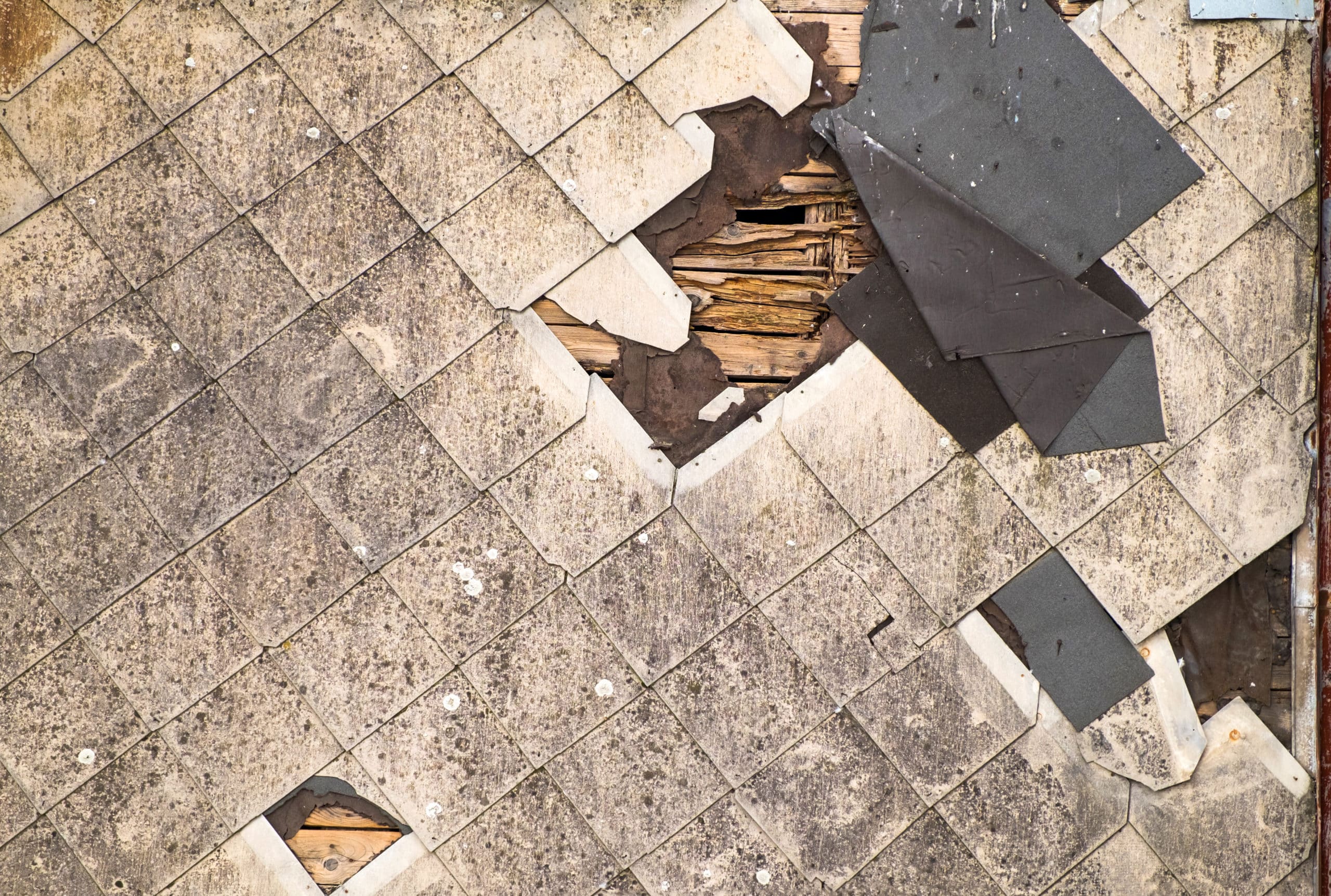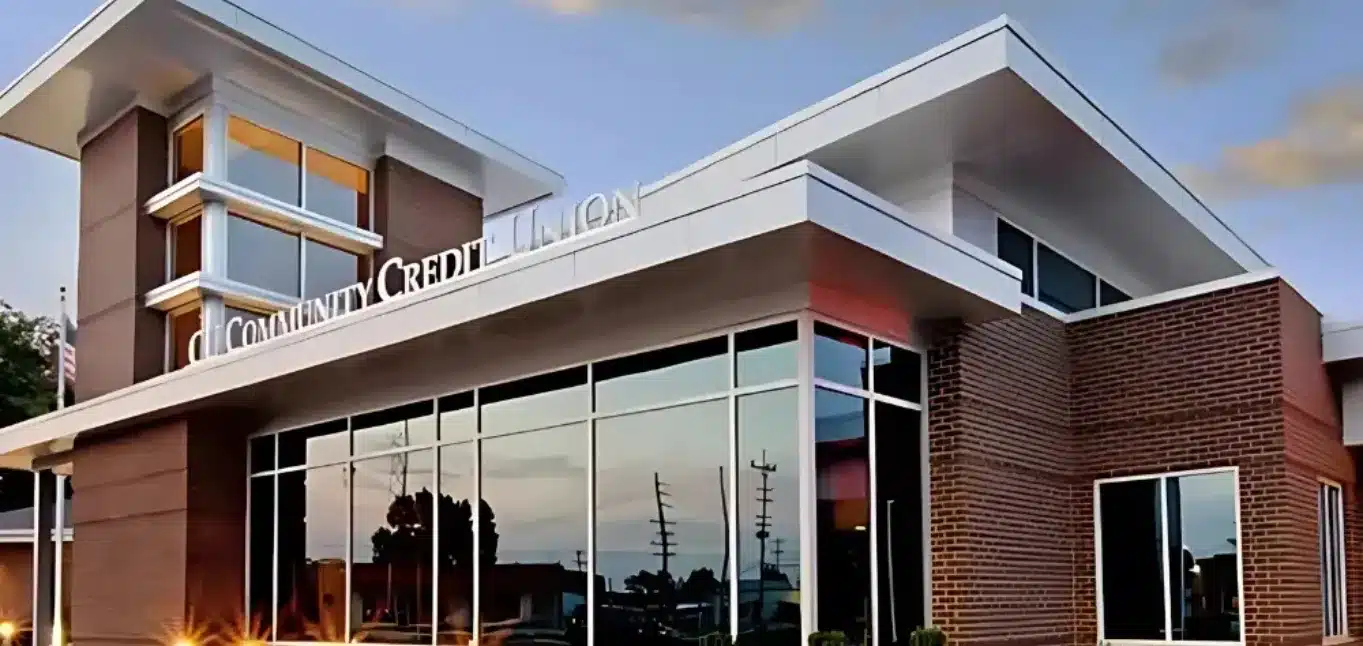If a tree branch crashes into your roof, and water pours through resulting cracks or holes, you know you have a major problem. More often, though, roofs sustain water damage in quieter, more subtle ways. Things like missing shingles, poor flashing or underlayment installation, or erosion as the result of roof algae, allow moisture to seep into the roof over time.
Failing to notice the most common signs your roof has sustained water damage means more complicated and expensive roof repairs down the road. In worst-case scenarios, your water damaged roof may require a complete replacement, years before it should have.
Keep an Eye Out For Signs of Water Damage In Your Roof
Keeping your eye out, knowing what to look for, and observing routine roof inspections and maintenance, are the best methods for discovering signs of water damage. The sooner these issues are amended and repaired, the more money you’ll save (and the better chance you’ll have of preserving your roof’s warranty terms!) in the long run.
Discoloration on ceilings
You’re laying on the couch, on the floor, or in bed – when all of a sudden you notice a slight discoloration on the ceiling. It might be a yellowish or cream color, it may be brown, gray, or black. Most often it has some type of definable border or boundary that spreads out from a focal point, although not always. You’re looking at a water stain.
Water stains may also appear in the corners, around vents or chimneys, near skylights or solar tubes, and other areas where water has wicked down and begun to seep into interior living spaces. They’re always a sign of sustained water damage in one form or another and need to be investigated. This type of damage can take place as the result of a single storm, or it may have been the final accumulation of a few seasons-worth of water seeping and creeping in from a minor roof leak.
Missing or damaged shingles
Shingles are the first defense, or shield, against water damage. They are designed to move water down and out from your home’s interior. If the roof’s shingles are missing or damaged, the areas underneath are left vulnerable to water damage.
You may have noticed:
- Obvious patches where shingles are missing
- Shingle pieces, flecks or shingle granules in the gutters or washed out of the downspouts
- Pieces of shingles or whole shingles on the ground around the roof’s perimeter
Sagging or bulging sections of the ceiling can be a sign of water damage
Sometimes, people write off a sagging or bulging section of their ceiling – assuming it’ a dry, structural issue that can be repaired when there’s a little more money in the coffers. Actually, a sagging or drooping section of the ceiling is a sign of significant water damage above – even if there isn’t any water staining on your side of things.
Sections of the roof are soft or spongy
Do you perform your own, DIY roof inspection or repairs? Good for you. While most evidence of water damaged roofing materials is visible to the naked eye, some of the signs are not. Once in awhile, water seeps through shingles, under-layments or flashing through tiny cracks or penetrations.
Evidence of this type of water-related roof damage shows up when you walk or crawl on the roof and the surface feels soft or spongy in sections. You may also hear it creak or make unusual sounds. Don’t assume that because the surface looks okay –it is okay. Do further homework or contact a licensed roofing contractor to perform a professional assessment.
Damaged plumbing vents or other roof penetrations
Your roof is full of penetrations from structural systems, including plumbing vents, electrical/cable penetrations, the chimney, skylights, and so on. All of these are installed with care and sealed. However, the elements, time and lack of maintenance results in damage or eroded components and seals, which allow water to penetrate the roof’s surface – even if you haven’t seen signs of water damage.
Again, this requires a visible inspection of the roof – from the roof –, and that requires special attention to safety.
Don’t let unintentional neglect or procrastination get the best of your roof. Take a look around the house and on top of the roof, or contact the professionals to do it for you, so you can prevent water damage before we head into the next storm.





